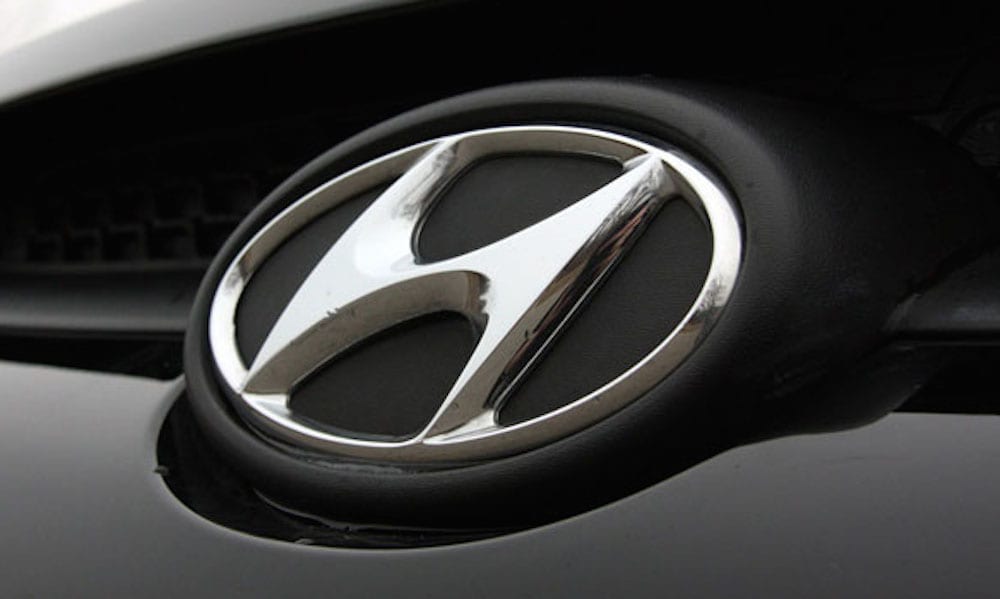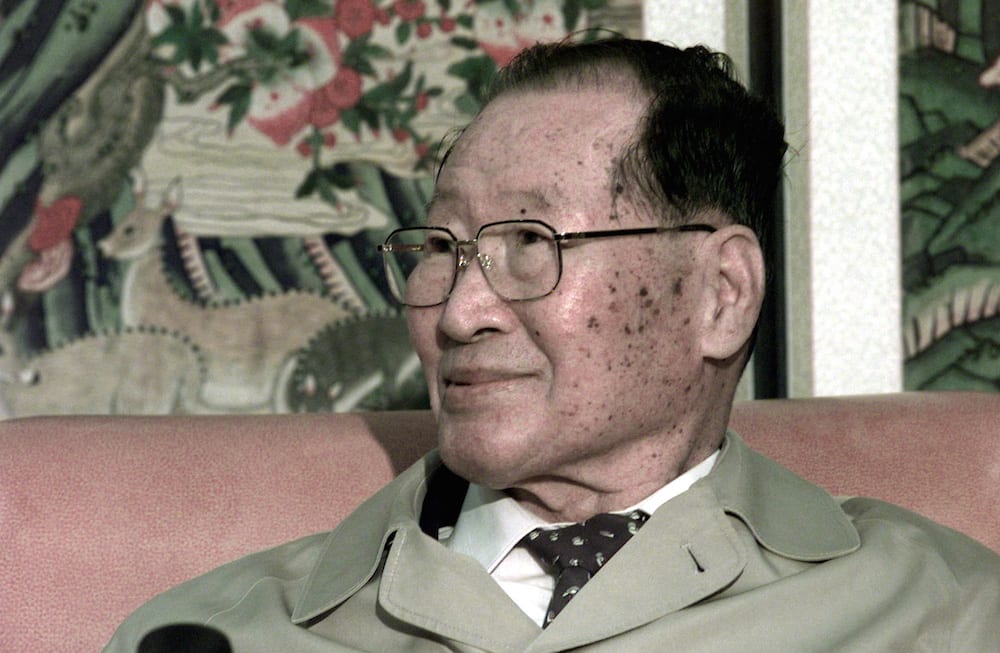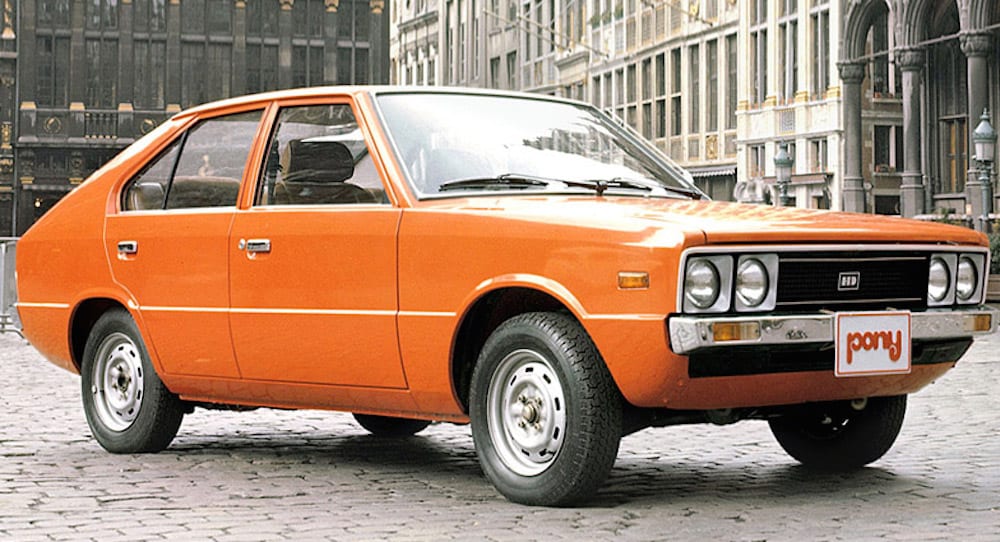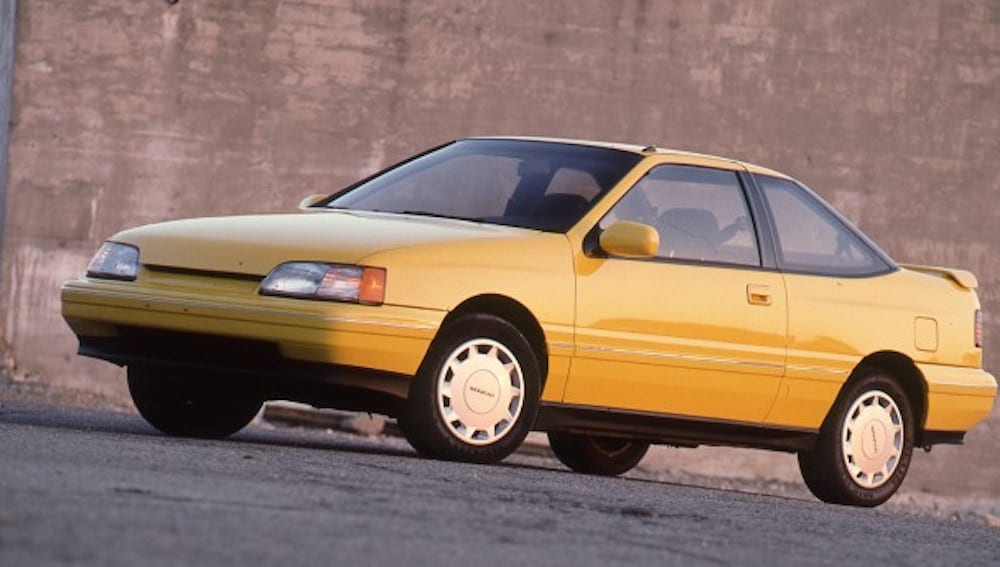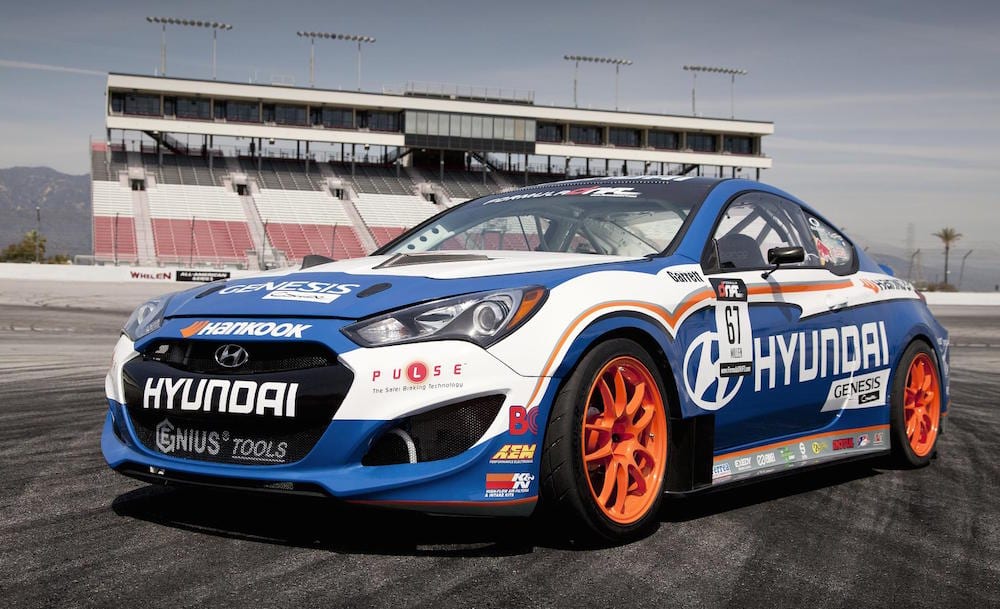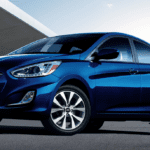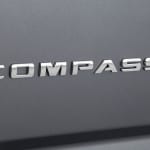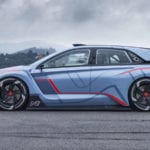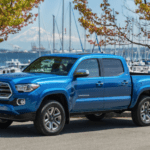You may be quite the car enthusiast, but we’re confident that you don’t know a whole lot about South Korea’s premier automotive brand: Hyundai. For example, were you aware that the company could now produce a vehicle using solely parts produced by their own engineers? Were you also aware that Hyundai now owns one of their biggest rivals, Kia?
The company’s sales have continued to rise throughout its 50-plus years on the market. This is a testament to the brand’s willingness to experiment and take risks, two attributes that we can certainly appreciate. If you’ve been eyeing a 2016 Hyundai Elantra, get a better understanding of the nameplate’s routes. When you’re finished reading of the company’s history, we’re confident you’ll be happy opting for any of the brand’s vehicles…
The origins of the company date back to 1947, when Chung Ju Yung, a South Korean entrepreneur, founded the Hyundai Engineering and Construction Company. Two decades later, the Hyundai Motor Company was established, and the brand’s first model, the Cortina (based off the United States version of the Ford Cortina) was released a year later. Sales of the vehicle were adequate, and the brand soon wanted to produce their own car.
They soon hired George Turnbull, an automobile executive and former Managing Director of Austin Morris at British Leyland, from the United Kingdom, and Turnbull soon hired five trusted British engineers: Kenneth Barnett (body design), John Crostwalte (chassis engineer), John Simpson and Edward Chapman (general engineers), and Peter Slater (chief development engineer). With that group in tow by 1974, Hyundai was able to produce their own vehicle in time for the 1975 model year. With style help from ItalDesign legend Giorgio Guigiaro and assistance on powertrain technology from Japan’s Mitsubishi Motors, the brand unveiled Korea’s first car: the ‘Pony.’
The Pony was first shown at the Turin Motor Show in October of 1974, and it was released as a four-door sedan in late 1975. Originally intended to compete with the Saehan Gemini and the Kia Brisa, Hyundai eventually offered a pickup, estate, and three-door hatchback version. The vehicle originally featured a 1.2-liter four-cylinder engine or a 1.4-liter engine, which delivered a top speed of 92 miles per hour and a 0-to-60 time of 15.3 seconds.
The Pony was eventually exported to Canada, but due to emissions standards in the United States, the vehicle never came over to America. While that would understandably hurt sales, Hyundai was pleasantly surprised at the sales numbers in The True North. The Pony eventually rose to be the top-selling vehicle on the Canadian market, and by the time 1985 rolled around, Hyundai had already produced their one millionth vehicle. These were quite impressive numbers for an automotive company that had only been around for about two decades.
Hyundai would eventually make its way over to the United States, as the brand released the Excel in 1986. With a $4,995 price tag, the car was named ‘Best Product #10’ by Fortune Magazine. Furthermore, the 168,882 units sold was a record for a first-year import. The original North American version of the vehicle featured four engine options: the 1.5-liter base unit, 1.5-liter GL, 1.5-liter GLS (available only on the five-door and four-door versions), and the 1.5-liter GS (available only on three-door version). The Excel evolved a bit through its three generations, but production eventually ended in 2000.
Feeling more and more confident, Hyundai decided to start producing their own technology. Released in 1985, the Hyundai Sonata included a number of innovative features, like cruise control, head lamp washers, and power seats. Engineers also included a trip computer, a feature that was soon included in many of the brand’s vehicles. With the company continuing to prove their ability to produce exclusive features and capabilities, sales continued to rise. By 1990, Hyundai has already produced four million vehicles, an absolutely incredible mark.
The company’s next step was to produce their own engine, and the brand ultimately released their first motor in 1993 with the Hyundai Scoupe. The original four-cylinder, 1.3-liter engine pumped out 71 horsepower and 81 pounds-feet of torque. The brand also succeeded in creating their own transmission, meaning the company now had the ability to produce a vehicle composed solely of Hyundai parts. Not many vehicles can feature this combination of brand-specific parts, truly emphasizing Hyundai’s rising role in the automotive industry.
As the company’s sales continued to consistently rise, the South Korean company wanted to establish Hyundai as a brand that was recognized around the world. In 1990, the company opened the Hyundai Design Center in Fountain Valley California, and they later moved to a $30 million facility in Irvine, California in 2003.
In an attempt to revamp their public perception, founder Chung Ju Yung gave up leadership powers of Hyundai Motors to his son, Chung Mong Koo. With a new leader at the helm by 1999, the company made their first major move in the United States. Hyundai launched an elaborate advertising and marketing campaign, and they also started offering ten-year/100,000-mile warranties on all vehicles sold in the United States. To further represent their brand to a worldwide audience, Hyundai became one of the official sponsors of the FIFA World Cup.
The plans appeared to work, as by 2004, the brand was ranked second in J.D. Power and Associates’ ranking of ‘initial quality.’ Furthermore, the company catapulted itself into the top-100 most valuable brands in the entire world. After having acquired rival Kia Motors in 1998, the company’s $57.2 billion sales in South Korea made it the country’s second-largest corporation. Furthermore, the 4.05 million cars sold worldwide in 2011 ranked fourth in the industry (behind General Motors, Volkswagen, and Toyota). The company continues to establish itself as one of the premier auto companies in Canada, Mexico, Brazil, China, India, Japan, Germany… practically everywhere in the world!
The company also made some waves in the motorsports circuit, eventually earning a top-10 finish at the 2000 Swedish Rally with the Accent WRC. The brand continually finished in the top-five for their subsequent races, but they were unable to secure an overall victory, leading to Hyundai withdrawing from the events. Recent reports have indicated that the company is focused on once again entering the racing circuit, and they’re eying the Veloster as their go-to vehicle.
Of course, the brand hasn’t avoided all issues or controversies. In 2012, the Environmental Protection Agency learned that 35-percent of Hyundai and Kia’s vehicles from 2011-2013 had inflated fuel economy numbers. Some of the specs had as much as a six mile-per-gallon discrepancy, leading the company to issue reimbursements for the respective vehicles. The brand also ran into issues in Brazil, where consumers claimed that the Hyundai Veloster’s engine wasn’t nearly as impressive as advertised. Instead of delivering the advertised 138 horsepower, it was discovered that the accompanying until only produced 119 horsepower.
Luckily, the company has persevered, and both Hyundai and Kia have established themselves as some of the world’s premier automotive brands. It’s impressive that the company’s engineers have continually looked to produce their own transmission, engine and body design, and the brand is no longer required to borrow parts from other companies. All the while, sales continue to grow, and we should expect Hyundai to further establish themselves as a power in the industry.
